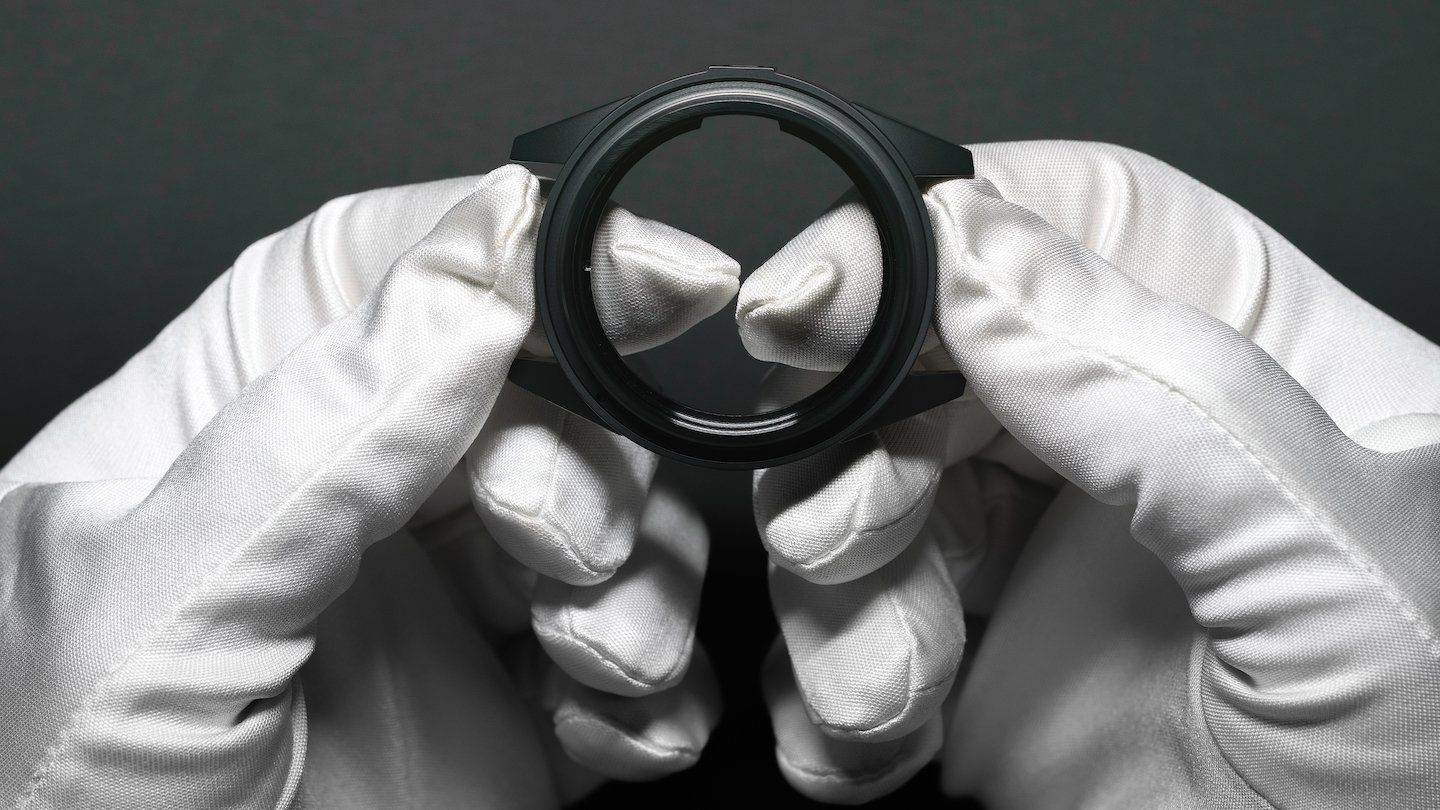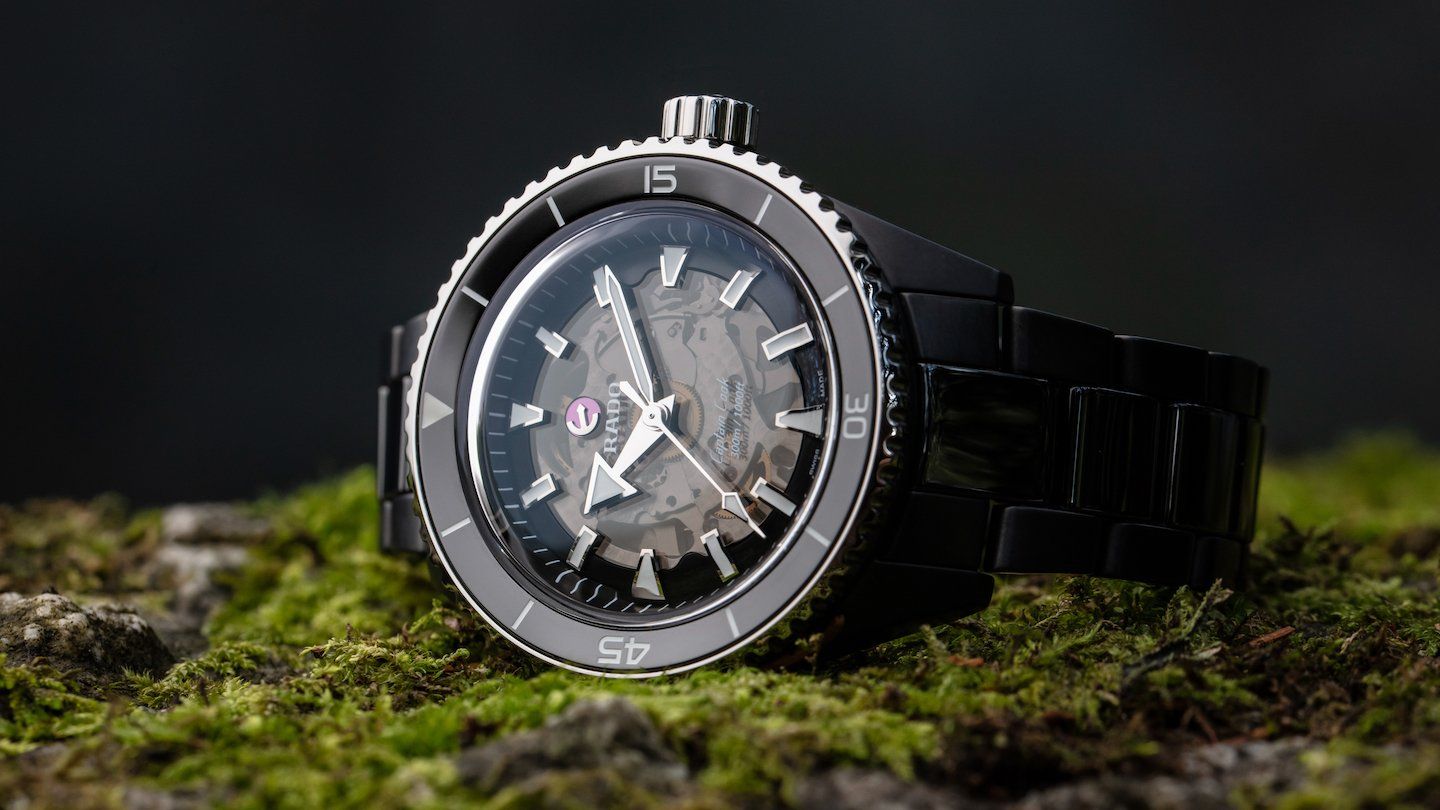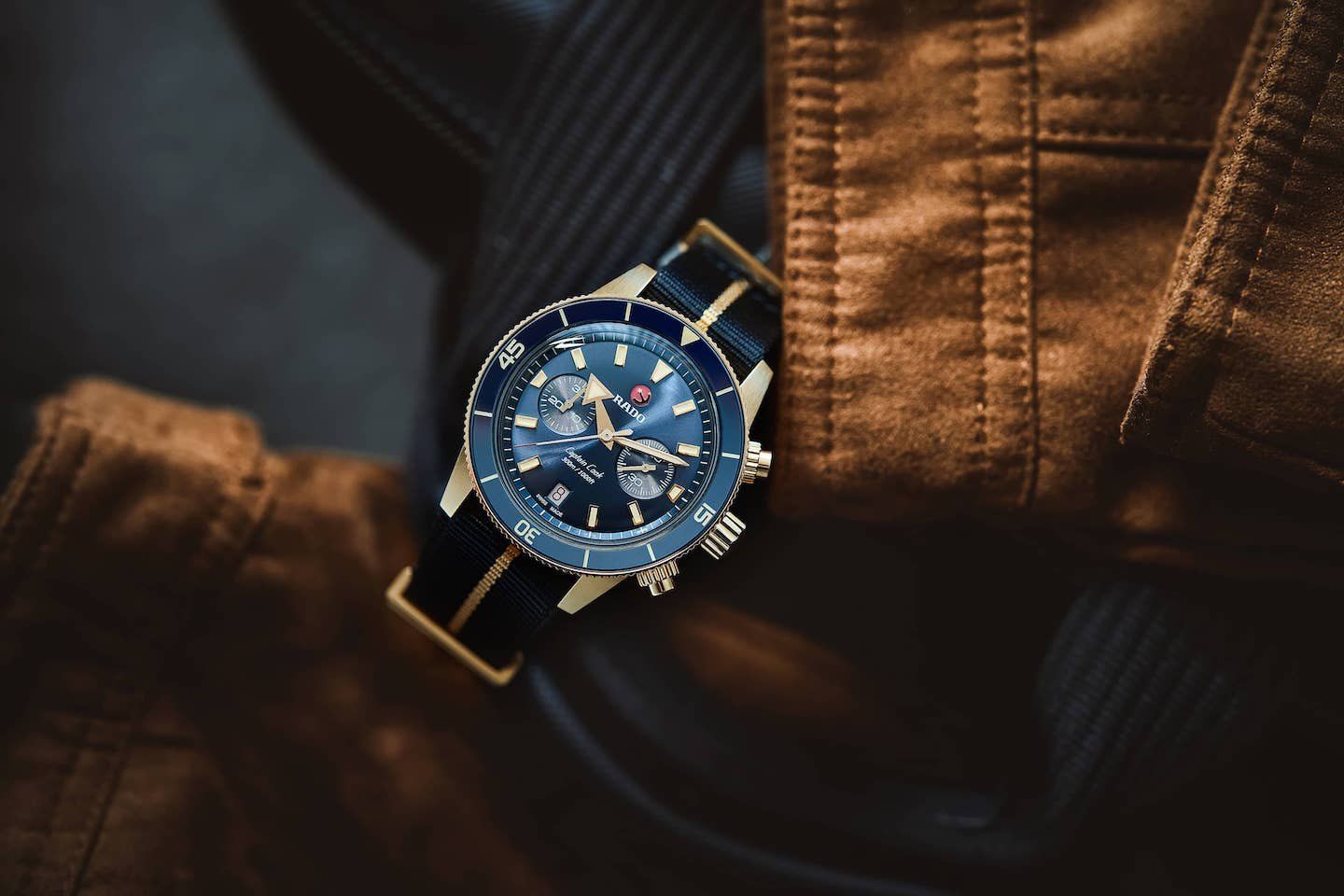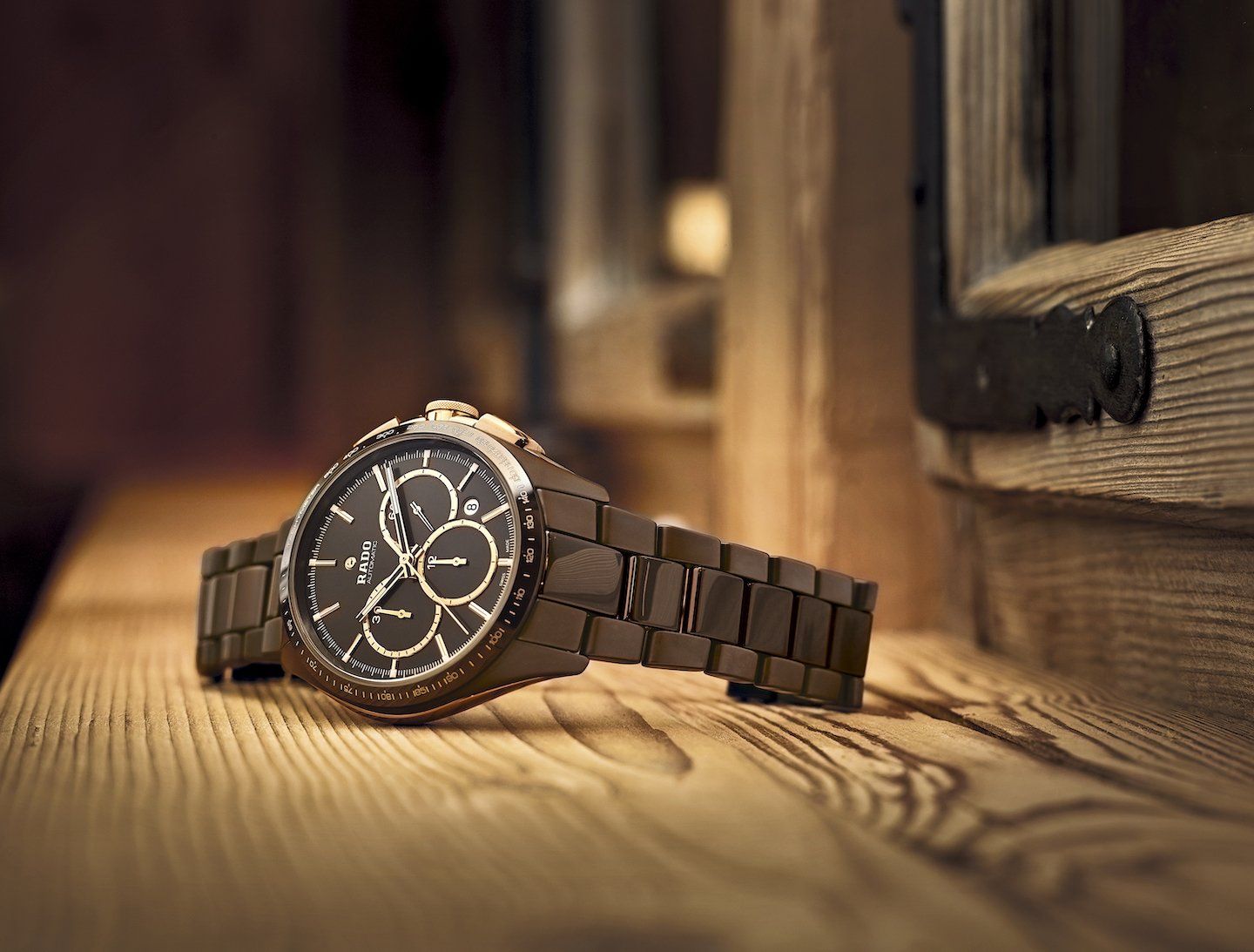Rado: A World Of Ceramics
For over 30 years, Rado has been producing unique timepieces featuring ceramics. After thorough research, Maison's experts got to work, crafting watches that boast noteworthy colour, quality and shapes. The material undergoes several processes to go from refined powder to the ultimate product. Rado's ceramics are scratch-resistant, hypoallergenic and comfortable to wear. The end result is an extraordinary material that fuses style with function.
Ceramic watches have been a part of Rado's collections since the 1980s, when it first used high-tech ceramic. Today, Rado's ceramic watches are more popular than ever, thanks to their combination of style and substance. Here's a deeper dive into Rado's world of ceramics:
High-Tech Ceramic

A compound of metal and oxygen or nitrogen, high-tech ceramic is an upgrade to traditional ceramic, which is porous and fragile. High-tech ceramic is tough, boasting full density and is scratch-resistant. It can be polished to a high shine or given a matte finish. The True Secret watch, featuring a deep red dial and twelve diamonds, is one such timepiece featuring high-tech ceramic. In 2005, Rado even launched the V10K, the world's hardest watch at the time. Made entirely of high-tech ceramic, this timepiece is virtually scratch-proof.
What's more is that this material is also hypoallergenic, making it ideal for those with sensitive skin. High-tech ceramic is also lightweight, comfortable to wear and won't cause irritation.
Plasma High-Tech Ceramic

In 1998, Rado's Ceramica became the first watch to feature plasma high-tech ceramic. Since then, many iconic watches, including the Captain Cook High-Tech Ceramic Diver watch, have utilized this material. It's different from high-tech ceramic in that it is subjected to 20,000 degree celsius heat, causing its color to change to a warm grey metallic. Its sheen gives it a standout appearance, and it's also five times harder than stainless steel. The True Automatic watch series is another remarkable example.
Silicon Nitride Ceramic

Silicon nitride ceramic is a white powder that is derived from quartz sand. It's then placed in a furnace and heated to 2,700 degrees Celsius, where it liquefies and is poured into a mold. After cooling, it's ground into a fine powder and heated again until it liquefies. The result is an incredibly hard material that is scratch-resistant and anti-corrosive. The watches boast extreme toughness and are also shock and impact resistant. In 2016, Rado launched the HyperChrome Ultra Light timepiece boasting a combination of silicon nitride ceramic, anodized aluminium and hardened titanium. It was lightweight, minimal and stunning.
Monobloc Cases and Bracelets in Ceramic

Besides using the material to fashion watches, Rado also uses ceramic to build different components. For instance, the watchmaker's monobloc cases and bracelets are made from a single piece of ceramic. This results in a beautiful and strong product that is comfortable to wear. The True Thinline Nature watch, for instance, features a slim case and bracelet made entirely of green ceramic.
Ceramos

A ceramic and metal alloy, the Ceramos watch comprises high-tech ceramic, plasma high-tech ceramic, bronze and hardmetal. The watch is scratch-resistant, thanks to the tungsten-carbide ceramic compound. The material is also hypoallergenic, making it ideal for those with sensitive skin. In the DiaMaster Thinline collection, the watchmaker has used its innovative CeramosTM material, along with 90% of high-tech ceramic and 10% metal alloy. This combination ensures that the material will retain its sheen for years to come.
Ceramica
Yes, the Ceramica watches are all about style; their square watches feature clean lines and gentle curves that make for a visual feast. But there's more to it than meets the eye. Introduced in 1990, this watch became one of the first in the world to feature a bracelet, crown and case crafted solely from high-tech ceramic.Rado is continually striving to innovate when it comes to its use of ceramic. In 2011, the Maison launched the True Thinline collection, which comprised a movement measuring only 1 mm and a watch measuring just 4.9 mm. Safe to say, the watch was a technical marvel. Ceramic is a material that has allowed Rado to push the boundaries of watchmaking. By experimenting with different colors, finishes and shapes, Rado has been able to create timepieces that are both stylish and functional. From the world's hardest watch to the lightest ceramic watch, Rado's ceramics collection is truly unique.
No articles found





